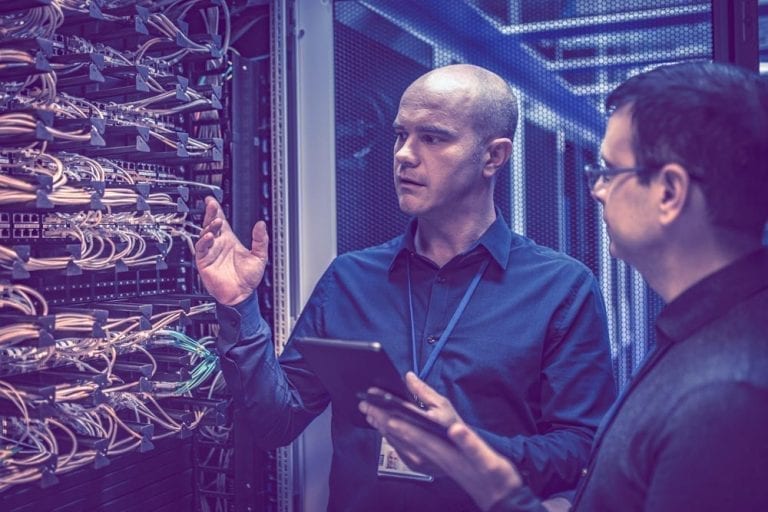
Mainframe Cost Reduction Tips to Maximize Your Data Infrastructure ROI

Getting the most from your mainframe requires not just taking advantage of technologies like containers or integrating your mainframe into DevOps workflows. You also want to optimize around mainframe cost reduction. Keep reading for five tips for lowering your mainframe costs.
If you know anything about mainframes, you know they are a big investment. Prices for a new mainframe start in the tens of thousands of dollars, and can easily reach into six figures – for just a single computer.
Compare that to a commodity x86 server, which might cost you $2,000 at the high end, and it’s obvious that mainframes entail a pretty hefty monetary commitment.
Five mainframe cost reduction tips
With such a large commitment comes a need for cost optimization. If you want to maximize your mainframe ROI, you’ll be on the lookout for strategies that can help you reduce mainframe setup and operating costs, such as those detailed below.
1. Virtualize your mainframe workloads
Although commodity servers have supported virtualization for a long time, mainframes continue to offer unparalleled support for virtualized workloads. IBM promises that a single mainframe can support as many as 8,000 virtual machines. You’d be lucky if you can run eighteen virtual machines on a commodity server.
When planning your mainframe architecture, strive to take full advantage of virtualization. Virtualization makes workloads more portable and scalable and helps ensure that your mainframe’s capacity is not under-utilized.
2. Consider Linux for mainframe
One of the most powerful features of mainframes is their ability to run Linux-based software environments, as well as native mainframe environments.
Taking advantage of Linux as a host environment for some of your applications on your mainframe can significantly reduce your overall operating costs – especially because Linux on the mainframe makes it possible to move some of your applications from commodity servers onto your mainframe.
Read our white paper
Getting the Most Out of Your Mainframe
Download this white paper to learn more about how to offload, accelerate and lower cost while leaving the primary CPU with more headroom for the organization’s core business applications.
3. zIIP and zAAP your mainframe workloads
One of the most significant recent advances in mainframe hardware is IBM’s release of zIIP and zAAP processors for z Systems. These are special processors that are optimized for certain kinds of workloads, such as databases and encrypting network traffic.
Because zIIP and zAAP processors are less expensive, they can help to lower your mainframe hardware acquisition costs without compromising performance. By sending appropriate workloads to zIIP and zAAP processors, and saving your more expensive mainframe processors for other types of tasks, you get more bang for your mainframe buck.
4. Modernize your mainframe applications
You may be running mainframe applications that were written decades ago. Their code can be modernized to run more efficiently by taking advantage of modern mainframe hardware, running more tasks in parallel and so on.
If you’re thinking that modernizing your mainframe applications requires an expensive and time-consuming overhaul of their codebases, think again. It’s possible to refactor your mainframe software without rewriting it. In fact, some vendors even offer automated refactoring solutions targeted at mainframes.
Investing in a little application modernization can do much to make your applications run more efficiently.
5. Automate, Automate, Automate!
Any task – whether it involves a mainframe or a different part of your infrastructure – that is performed manually is bound to be time-consuming and costly. That’s why automation is king when it comes to optimizing costs.
On your mainframe, opportunities to automate center on areas like data offloading and transformation, or integrating data and applications with the rest of your infrastructure.
For more tips on reducing mainframe cost, read our white paper: Getting the Most Out of Your Mainframe


